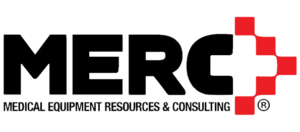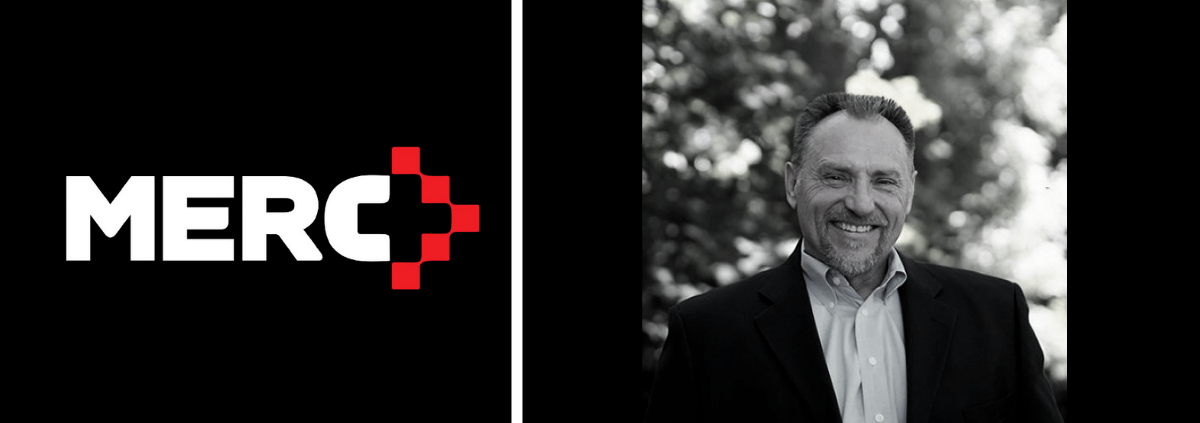CAPITAL STRATEGY INSIGHTS: Reimagining the Process #021
 February 19, 2024
February 19, 2024
#021 Outgoing Equipment – Tactics Pros and Cons Part 1
Our last post looked at typical actions taken with outgoing medical equipment. Let’s take a deeper dive into the pros and cons of some of these typical actions or tactics used with outgoing, surplus equipment.
As I said in the last post, our firm has made recommendations for outgoing equipment numerous times and each one of these tactics are appropriate given the equipment and related circumstances. Each one has costs and each one has benefits. I indicated that the goal is to consider these options as part of the replacement purchase strategy to minimize costs and recover as much equity from the outgoing asset as is possible. Unfortunately, in many cases, the owner is trying to minimize losses as there is no remaining equity in the asset. That certainly affects the decisions on the final disposition of the asset.
We’re going to address Storage and Disposal in this Part 1. The other tactics should employ some preplanning that these tactics don’t require and will be covered together in Part 2.
Storage – As I indicated, this is the fastest and lowest stress option, storing equipment on-site or off-site.
Pros: Stored unit can be used as a back-up device or for parts harvesting
Cons: To borrow from a popular TV show, we know that “space is the final frontier”. It’s pretty rare that I see or hear that a healthcare provider has plenty of space. While you get a bill for your off-site storage, your on-site storage is still costing you money. Is this truly the highest and best use of your square footage? Does BioMed have to continue to track and make ready devices in storage? What is the risk of redeployment without proper recertification? How much equity are you losing on the device by allowing it to sit?
Consider: If you must store the device, put a time limit on the storage. If unused, take action to cost effectively liquidate the unit, knowing that the unit has devalued during this time in storage.
Disposal – We’ll let you decide on the viability of recycling the outgoing equipment to minimize environmental impact, as it depends on the resources available to you and the type of equipment being liquidated. If recycling is not your decision, then it is off to the dumpster with the unit, IF the device is small enough for internally executed disposal.
Pros: Handling terminal liquidation in house is likely the least costly option IF the device is small and mobile.
Cons: The unit is too large for internally executed disposal; this likely leads to a “pay-to-pull” scenario where the owner pays for deinstallation and disposal. There are also the additional costs of labor and waste management services to dispose of the additional equipment; this may be minimal but should be considered.
Summary – Storage costs the owner regardless of where the device is stored, asset devaluation is assured during storage, and there are risks associated with potential reuse of stored devices. Disposal is inexpensive for small mobile units, and costly for large, fixed units.
Thanks for reading this post. We’ll do a deeper dive on the other tactics in a future post. Until next time, be well and think strategically about your capital assets. Please feel free to comment when we post it on LinkedIn or at info@medicalequipmentconsultants.com.


